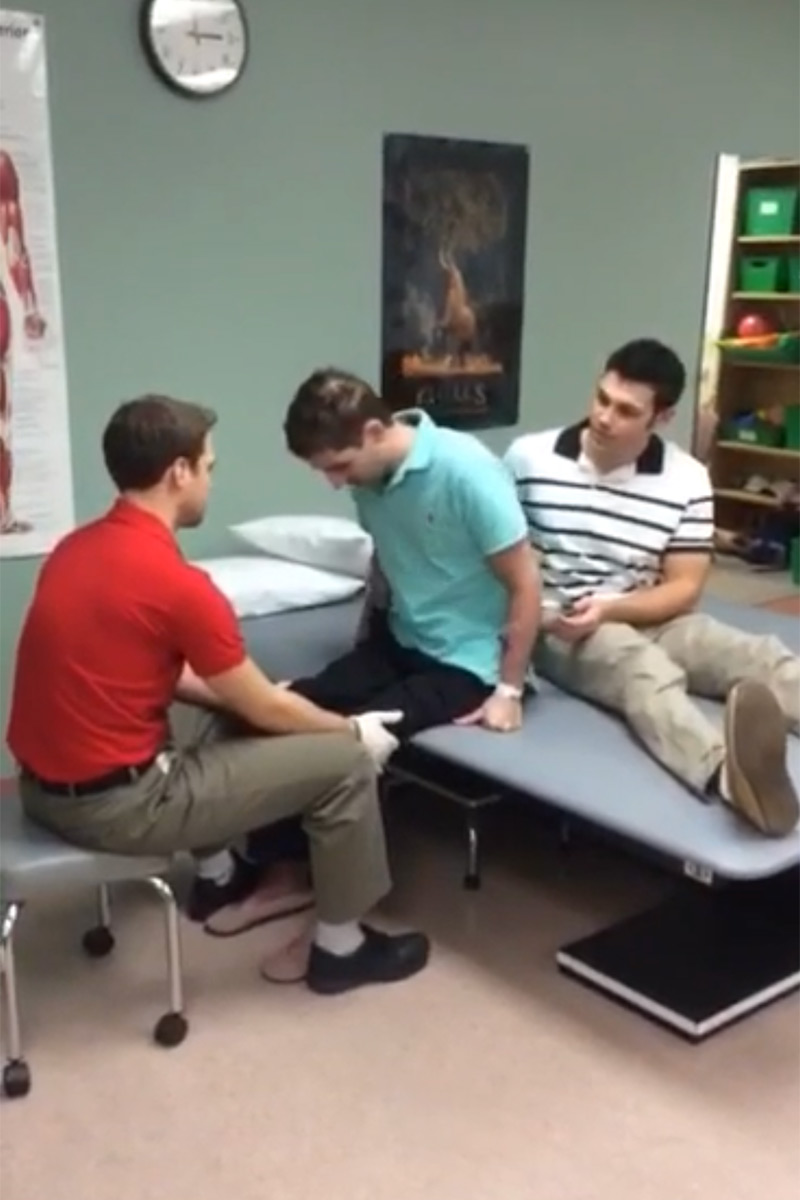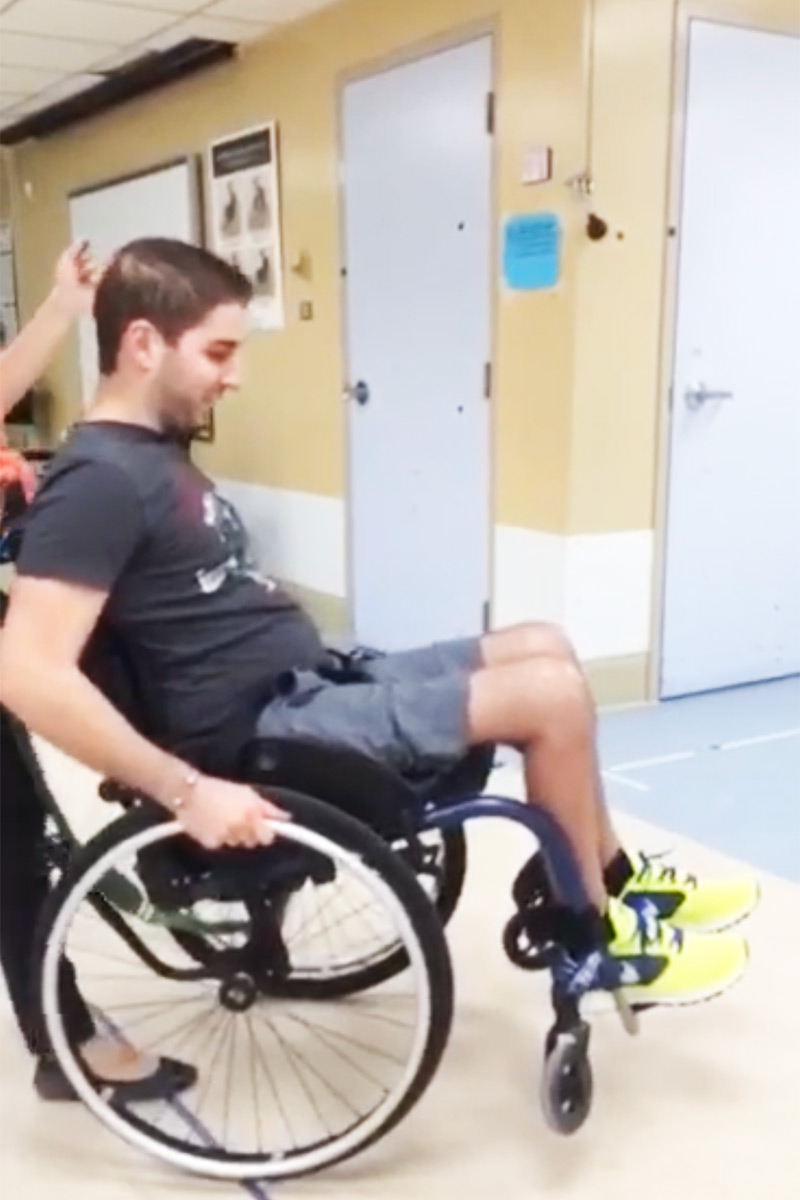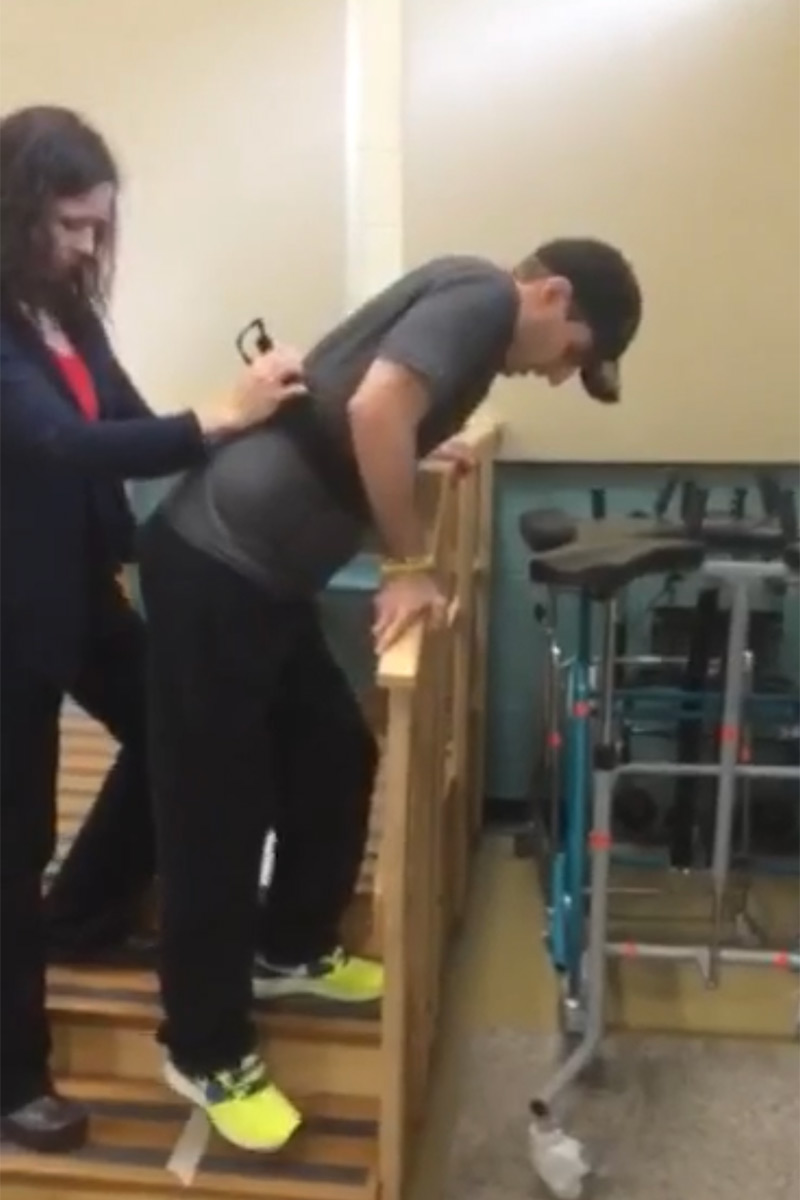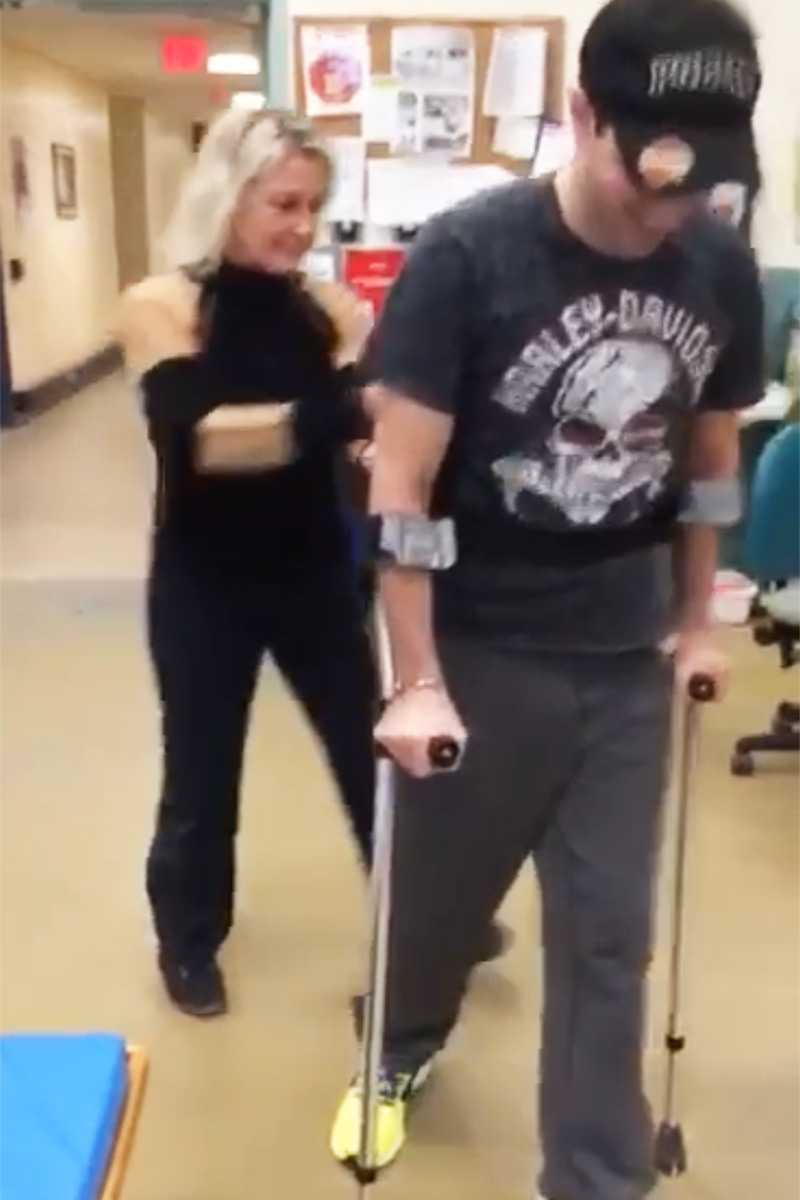My name is Bassam Khoury and Be-Abled came to life as a result of my own personal experience. I was faced with a slew of struggles as an individual living with and recovering from non-visible disabilities.
It was November 2013 in Halifax, Nova Scotia and I had just celebrated my 30th birthday the month before. As I was taking my usual route home, I could not have possibly known that I was about to be faced with an event that was going to change my life forever …but not necessarily for the worse.
Just as I was about to exit the highway on my way home from work, a speeding vehicle cut me off, forcing me to steer off an elevated highway exit ramp. My vehicle rolled over seven times down a 12 metre ditch filled with concrete and boulders. Luckily for me, I was ejected out of the panoramic sunroof while the car was still rolling downhill.



Part One: The Accident
Miraculously, I acquired no major injuries directly to the face. The rest of my body accumulated major damage, including a spinal cord injury, an open pelvic fracture and several other breaks from the neck down: my neck, spine, hips, back, shoulder, forearm, and sternum. I was put into a medically-induced coma for five days.
Between November and April I began to tackle the arduous realities that come with life after a major accident. When I first arrived at the hospital my family was told that my chances of survival from this accident were extremely minimal. I did make it past the first critical stage, but the following month was full of major complications. When I woke up from the coma, I was immobile. Being unable to move or feel my legs took a toll on me mentally. To this very day, that moment was one of the hardest realizations I’ve had to come to. I was told by the entire medical team at the hospital to get ready to live the rest of my life in a wheelchair. I would have to face the fact that I’d never be able to walk again. However, my stubborn nature was a tool for my survival. It was almost impossible for me to believe or accept this new reality. I did experience some extremely low moments when I wanted to take my own life, feeling completely useless, but there were other moments where I had the determination and fighting will to overcome anything.
Unable to accept this harsh certainty, I insisted on asking the medical staff each and every day if there was even the slightest fighting chance I’d ever be able to walk again. The answers kept coming in, and they were always a stark ‘no’. My determination and will to survive waned with each passing ‘no’.



One day the on-call doctor from the day of my accident (who also happens to be one of the top surgeons in Canada and someone I am extremely fortunate to have encountered on my journey) came to visit and check up on me. On that day I asked him my usual question, “will I ever walk again?” With the purest of intentions he answered with a, “why not.”
Those two words were precisely what I needed to hear to overcome my paralysis. During the next six months I lived between the QEII hospital and the Nova Scotia Rehabilitation Centre and dedicated my entire being to recovery. Taking it one day at a time, and with the support of all those around me, I woke up one morning and I was slightly able to wiggle my left toes. A month after that my right thigh softly flickered. With the utmost determination I went from wiggling my toes, to being able to sit in a wheelchair, to using a walker, then crutches, then a cane, and finally to using my own legs.
An enormous part of my psychological and physical recovery process was the network of support I surrounded myself with. The unequivocal support and care from family and friends were a source of motivation to overcome the many challenges I faced. My family stood by me every single day with words of hope and encouragement and enough love to get me back on my feet. Without my mom’s loving homemade meals, my dad’s uplifting adoration and my supportive dog Kinda, I’m not sure I would have had the same amount of determination. The healthcare system provided by the government and the nursing staff I was very fortunate to have also – quite literally – saved my life.
Part two: Be-Abled
Five years after the accident, I continue to face daily obstacles. When you first meet me you wouldn’t be able to tell that I’ve gone through any sort of traumatic physical or mental experiences, though I still struggle with non-visible disabilities. Not being able to see my disabilities posed some unexpected challenges as I worked to return to the life I previously had. Throughout my recovery process – from having to return to work before a full recovery, to social expectations, to continuously financing physiotherapy and personal training – I discovered a lack of connectivity between the financial, physical, psychological and social aspects of life after a sudden accident or illness.
The doctors had advised me to take 2-3 years off after the accident to focus on my personal health and recovery. While that was the ideal scenario, it wasn’t a feasible option. In order to take 2-3 years off, I wouldn’t have been able to earn an income to sustain me. The government didn’t offer sufficient financial aid for this type of recovery process either. If I did choose to take that time off, jumping back into my previous job position would have been a struggle and I may have had to start a new career path, probably earning minimum wage. The doctor’s recommendations would’ve been ideal, but life resumes after an accident and the bills keep coming in.
Taking all that into consideration, I opted to return to work rather quickly after the accident. The day after I was released from the rehabilitation centre, I returned to work on my wheelchair. I wanted to be able to support myself, earn a living, and return to the life I had worked so hard for. Most importantly, I wanted to feel ‘normal’ again and put the hard times behind me. During my time there, I underwent three major surgeries and as a result I was laid off. Although some people find it quite commendable, it did leave a mark on my recovery process and overall physical and mental health. I pushed my body to achieve more than it was ready for, while my mind was still working through post-traumatic stress.




Living a with non-visible disability, people don’t quite see your struggles, making it harder for them to comprehend the extent of it. Constantly having to manage others’ expectations is an everyday occurrence, especially when it comes to maintaining an active social life. When an individual is living with a non-visible disability, it also affects all those around them, especially family members. I had to understand and relearn proper communication and new ways to nurture my relationships with the people in my life.
When individuals are forced to live their lives with non-visible disabilities, the world treats you a little differently. You’re in limbo because your struggles are not visible to others – meaning their expectations are often hard to meet, and you’re not exactly in the visibly disabled bracket, where there is sufficient government programs and support. It is quite easy to feel lost or alone at times.
This is why Be-Abled was born. We want to create an ecosystem of hope and encouragement. We want to create a way for individuals who face challenges from living with non-visible disabilities to lead a meaningful and fulfilling life. We realize that sudden illnesses or accidents are not your fault and we want to be there to help guide you through your transition back into everyday life. At Be-Abled, we aspire to be your partner on your road to recovery. We want to help you rebuild your inherently strong foundation. Your life is yours to live and we are there every step of the way to make sure you find your path and lead the life you truly deserve.